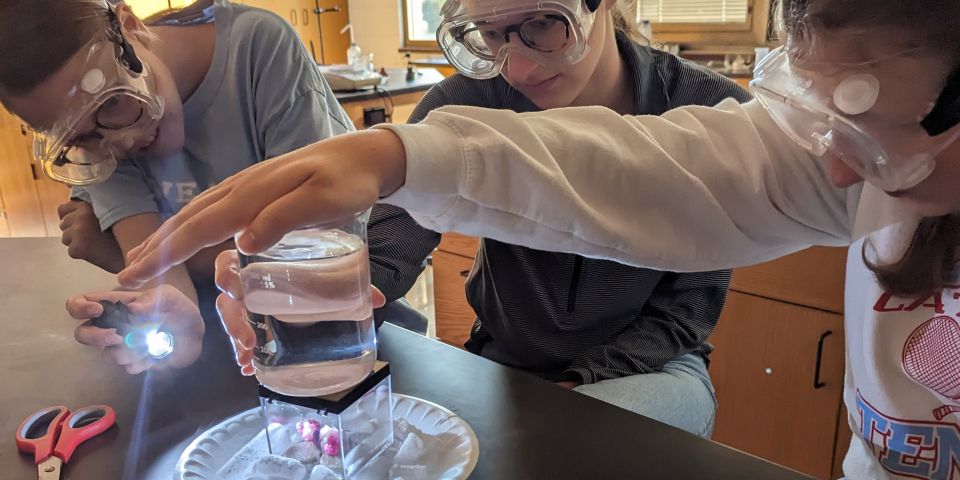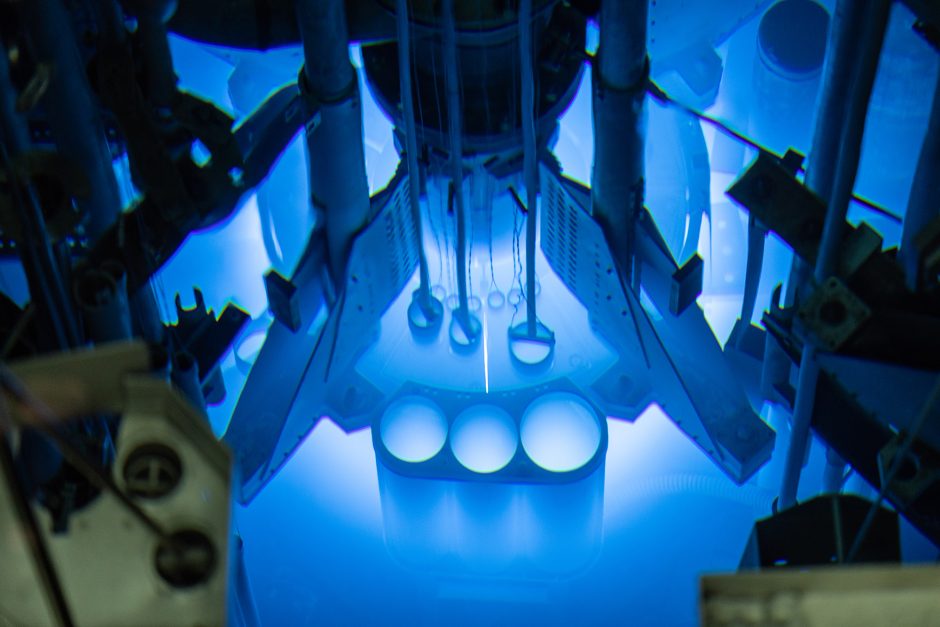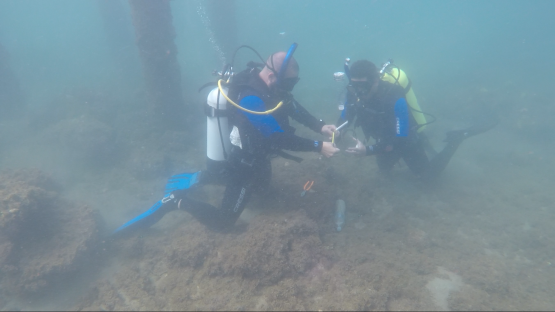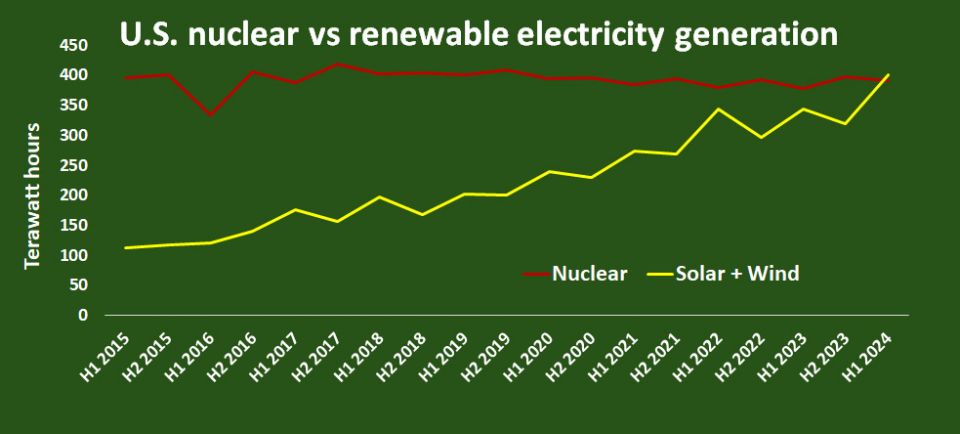Nuclear Medicine Radiates Hope For Patients
As a fourth year nursing student working in Chicago area hospitals, I deal with nuclear medicine quite often. The term "nuclear medicine" can sound disconcerting, but when you are familiar with it, I assure you, it's not. Just think of it as a bunch of necessary medical tools with a little radiation thrown in. I know what you are thinking. Radiation? What? Relax. It's fine. You already know it, and either you, or someone you know, has been exposed to this specific area of medicine via certain procedures.
Now, I realize that wordy medical jargon like "computerized axial tomography" and "positron emission tomography" may sound unfamiliar, but these are actually two common forms of nuclear medicine imaging. Most of us know them in their more popular acronym forms, CT and PET scans. Less scary sounding, right?
We all know X-rays, but what about bone scans for density, or gallium scans to find an internal mass? These tests are all safe, and regularly used in medical practice around the world. Yes, they emit radiation, but in a safe way. All are part of the nuclear medicine diagnostic family of tools.
So what is nuclear medicine exactly? To put it simply, it is medical imaging using tiny amounts of radioactive materials to find, diagnose and help to determine the severity of a disease. It can also be used to help treat diseases. Nuclear medicine can help to diagnose abnormalities of the heart, including heart disease, gastrointestinal problems, neurological problems, and so much more! It can also be used to detect and treat cancer.
Our concept of modern-day medicine would not exist without nuclear medicine. Images produced by this technology can reveal problems often not seen by using other imaging procedures. These medical tools offer the potential to help to diagnose disease in their earliest stages.
I know that I am eternally grateful for our advanced nuclear medicine. On a personal level, this past summer, my father was diagnosed with non-Hodgkin's lymphoma. This is my dad's third diagnosis of cancer in his life. During his numerous and exhausting times in and out of the hospitals, he too underwent radiological procedures. Radiation therapy is a general term for many different types of treatments involving radiation. It is a form of nuclear medicine that targets specific sites in the body to deliver lethal radiation to a tumor while sparing healthy tissue. This type of treatment saved my dad twice, and continues to save millions of people per year.
The future and growth of nuclear medicine is exciting and very promising. New developments in technologies will further advance screening techniques, perfect radiological treatment, and improve patient care. Nuclear medicine is working towards a more unique treatment for cancer patients, as we all respond differently to different treatments. Having this individualized care will greatly advance the medical field because those of us working in medicine will be able to develop specific therapies to better increase patient response to treatment. Nuclear medicine will only continue to improve the lives of people everywhere.
So, thank you to all of the scientists that discovered so many of these amazing diagnostic and treatment tools. I know how truly grateful I am for radiation treatments that continue to help to save my dad's life and the lives of so many others, too. #Nuclearrocks!
 ANS Member Emma Meyers is a senior nursing student at Loyola University Chicago. She completed her clinicals at Swedish Covenant Hospital, Loyola University Medical Center, and Lutheran General Hospital. After her May 2019 graduation, Emma will be seeking full-time employment at a Chicago area hospital as a pediatric nurse. Emma is also part of the ANS Social Media Team.
ANS Member Emma Meyers is a senior nursing student at Loyola University Chicago. She completed her clinicals at Swedish Covenant Hospital, Loyola University Medical Center, and Lutheran General Hospital. After her May 2019 graduation, Emma will be seeking full-time employment at a Chicago area hospital as a pediatric nurse. Emma is also part of the ANS Social Media Team.
Feel free to leave a constructive remark or question for the author in the comment section below.


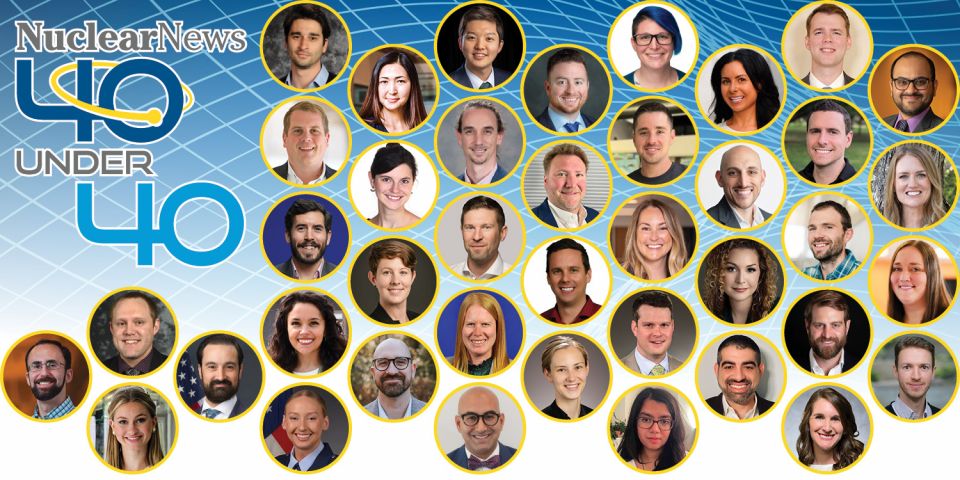
.png)
